What’s a Wash? The Connection Between Beer & Whisky
If you’re into craft beer and whisky, you might have heard the term "wash." But what is it, and how does it tie these two drinks together? Understanding wash gives insight into how beer and whisky share deep historical and technical connections. While beer and whisky may seem like completely different beverages, they share common roots in fermentation, malted grains, and even flavour development.
Wash vs. Wort: The Basics
To fully grasp what wash is, it's important to understand the difference between wort and wash:
Wort: The sweet, unfermented liquid made from malted grains that eventually becomes beer. It is created by steeping crushed malt in hot water, extracting fermentable sugars.
Wash: The fermented version of wort, used as the base liquid for distillation into whisky. It is essentially an unhopped beer, typically fermented to a lower strength before being distilled.
In whisky-making, the wash is fermented to about 8–12% ABV before being distilled into a much stronger spirit. The yeast consumes the sugars, producing alcohol, carbon dioxide, and a range of flavour compounds. In contrast, beer keeps its alcohol content as is, with carbonation added to enhance the drinking experience. The key difference is that while wort is prepared for brewing, wash is designed for distillation.
How Whisky & Beer Share DNA
Both whisky and beer start with nearly identical raw ingredients: malted barley, water, and yeast. The brewing and distilling processes diverge at a crucial point:
Beer is brewed with hops for flavour and aroma, then fermented, carbonated, and packaged for drinking.
Whisky wash is fermented without hops, focusing solely on malt character. It is then distilled, concentrating the alcohol and flavours before aging in barrels.
This means that whisky, at its core, starts out as beer—but without hops. The hop-free wash allows whisky to develop its own set of complex flavours during distillation and barrel aging, without the bitterness that hops would introduce.
The Role of Wash in Whisky Flavour Development
While beer relies on hops, yeast, and malt for its complexity, whisky’s flavour is shaped through fermentation, distillation, and maturation. The wash stage is crucial because it influences:
The depth of malt character – Different malt varieties can create nutty, caramel, or chocolate notes.
Yeast-derived esters and phenols – These contribute fruity and spicy flavours that carry through distillation.
Fermentation time – Longer fermentations can develop more complex and varied flavour compounds.
In short, a well-made wash creates a strong foundation for high-quality whisky.
Barrel-Aged Beers: The Best of Both Worlds
While whisky is shaped by aging in barrels, many craft breweries have embraced barrel-aging to create hybrid flavours between beer and whisky. Breweries age beers—especially stouts, barleywines, and Scottish Ales—in whisky barrels to absorb deep, rich characteristics from the wood. The result? A boozy, complex beer with layers of vanilla, oak, caramel, and even smoky peat from the whisky that once lived in the barrel.
Popular Barrel-Aged Beer Styles:
Bourbon Barrel-Aged Stouts – Thick, rich, and chocolatey with vanilla and oak notes.
Whisky Barrel-Aged Barleywines – High ABV, caramel-heavy, and smooth.
Peated Whisky Barrel-Aged Ales – Malty beers infused with hints of smoke and earthiness.
Final Thoughts: The Overlap of Beer & Whisky
The relationship between beer and whisky runs deep. While one is meant to be enjoyed fresh and cold, and the other is aged and refined through distillation, they both begin in the same way—with malt, water, and yeast. Whether you're sipping on a barrel-aged stout or a peaty Scotch whisky, you're experiencing flavours born from centuries of brewing and distilling tradition.
Next time you enjoy a dram of whisky or a well-crafted beer, take a moment to appreciate their shared history. The connection between beer and whisky is more than just a curiosity—it’s a testament to the artistry of fermentation. Cheers! 🍻🥃
